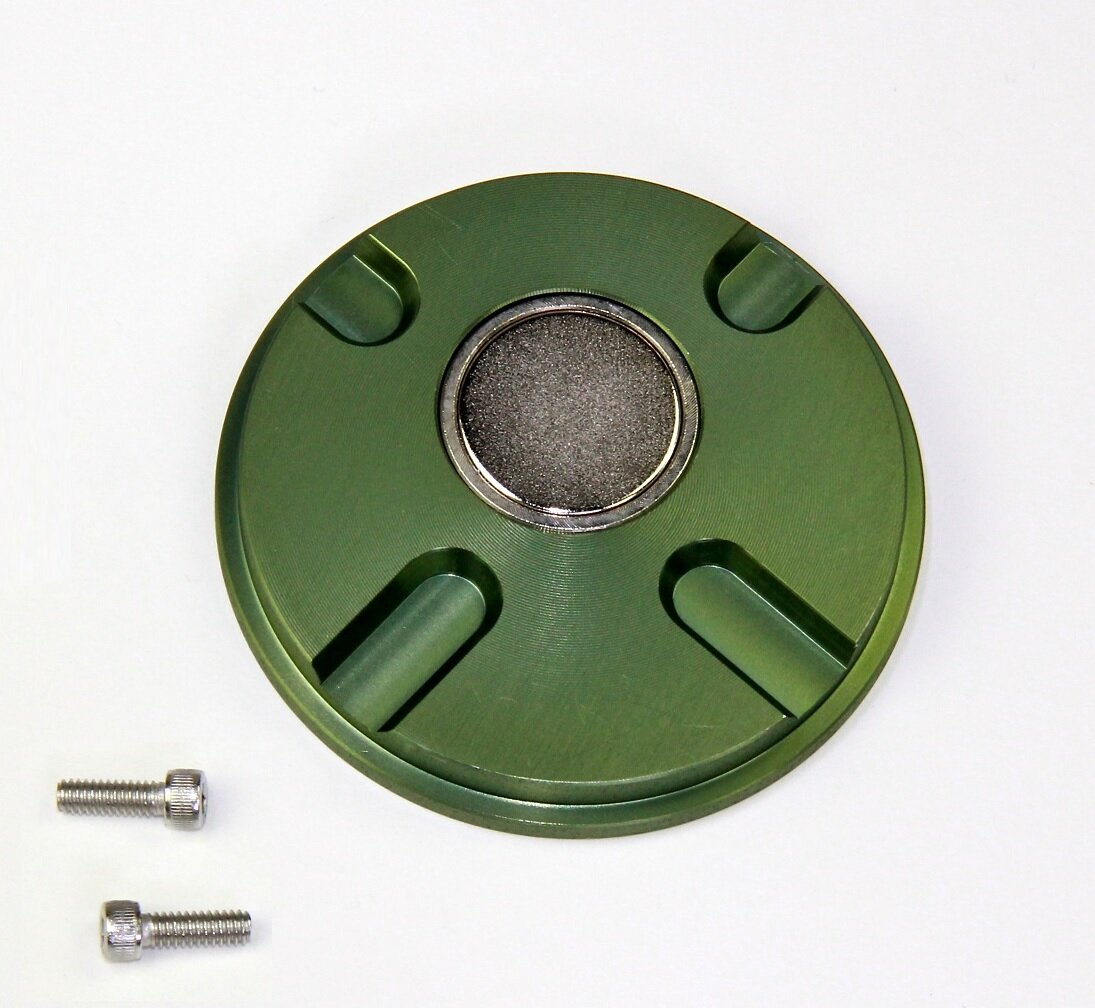What is the difference between a straight and curved incisal pin?
Straight incisal pins are calibrated in millimeters and will lift off the incisal table immediately when the articulator is opened. Curved incisal pins are calibrated in units and will remain on the incisal table while the bite is being opened. As far as which one you should choose, there are two factors to consider:
- If you’ve taken a course, the instructing doctor/teaching group may specifically recommend what incisal pin type to use.
- If you fabricate custom incisal tables from acrylic (or anticipate doing so), you will want a curved incisal pin.
I see some articulators include a test column and a mounting stand. What do these products do?
- The test column is used to check the calibration on all AD2 articulators. As you may know, all brands of articulators require that they are properly calibrated to be interchangeable. While your AD2 articulator arrives calibrated and ready to use, you should occasionally check to ensure it is still in calibration. The test column is created using dental stone to make a split cast “key”, with the upper and lower frames then tested to ensure they split cast check correctly. Note that one test column can be used to calibration test multiple AD2 articulators.
- The mounting stand is used to support the articulator in an inverted position, which can be helpful when mounting the mandibular cast.
What comes with my articulator and what items are optional?
Your articulator will arrive calibrated, ready to use and mount cases via screw mounting. You might want to consider adding:
- Magnetic Mounting System (item #MP280000), which allows cases to be snapped on and off via magnetics. The system includes 30 magnetic plates to get you started and will be installed prior to shipment so your articulator is ready to use when it arrives
- As discussed elsewhere in the FAQ, you may want to add the test column and mounting stand optional bundle to your articulator (items #AR100011 and AR100012)
- Support Leg (item #AR300000), which clips onto the lower rear frame of the articulator and allow the articulator to lean back at a 45 degree angle.
It looks like there is a second incisal pin on the articulator behind the black, modular pin. What is it used for?
The pin that sits immediately behind the modular incisal pin unit is a support pin. The purpose of this pin is to support the upper frame when opened 180 degrees (parallel to the floor).
What maintenance does the articulator require?
To ensure maximum longevity of your instrument, we recommend that every 3 -6 months (depending on frequency of use) that the fossa boxes are cleaned and lubricated. To do so, open your upper frame 180 degrees and use the support pin to hold it open. With a clean Q-Tip, dip it in rubbing alcohol and clean any accumulated dirt and debris out of the fossa boxes (the openings where the condyle tips ride in). As well, wipe down the condyle tips to ensure they are clean. Next, spray the fossa boxes with a light silicone spray or dab some Vaseline into each fossa box. Keeping the fossa boxes clean and lubricated will prevent the articulator from wearing, losing vertical height and going out of calibration. Lastly, use a damp cloth on occasion to remove any plaster that may be on the articulator.




